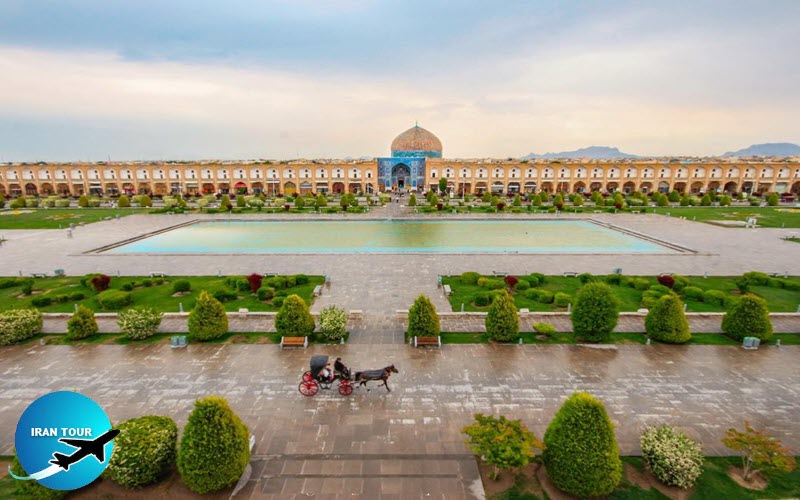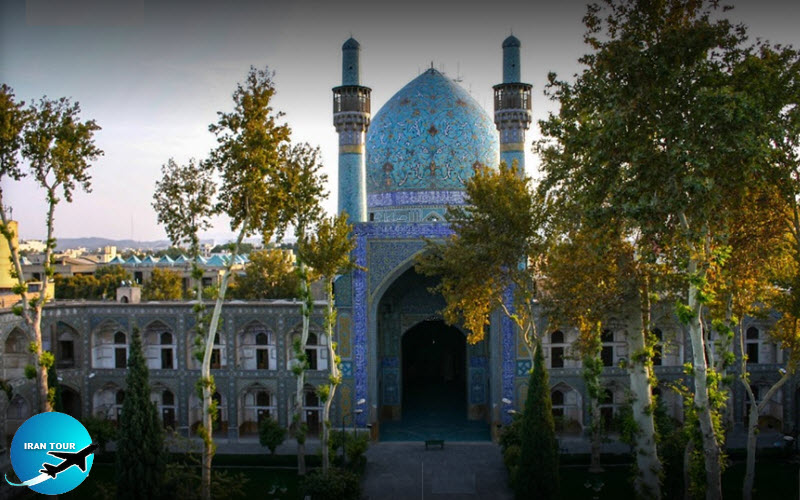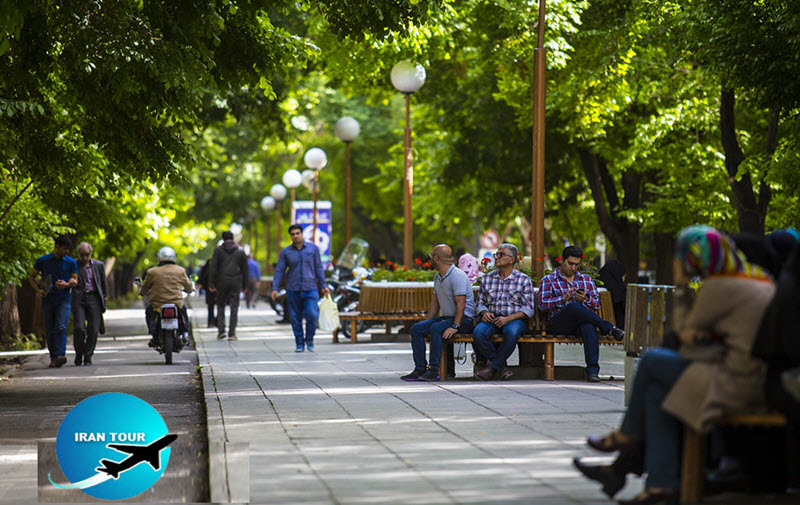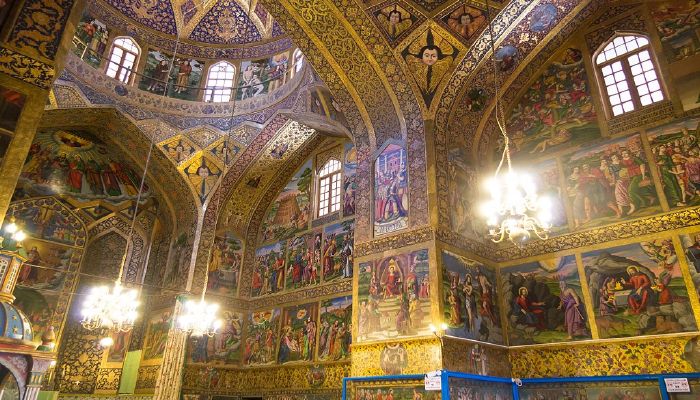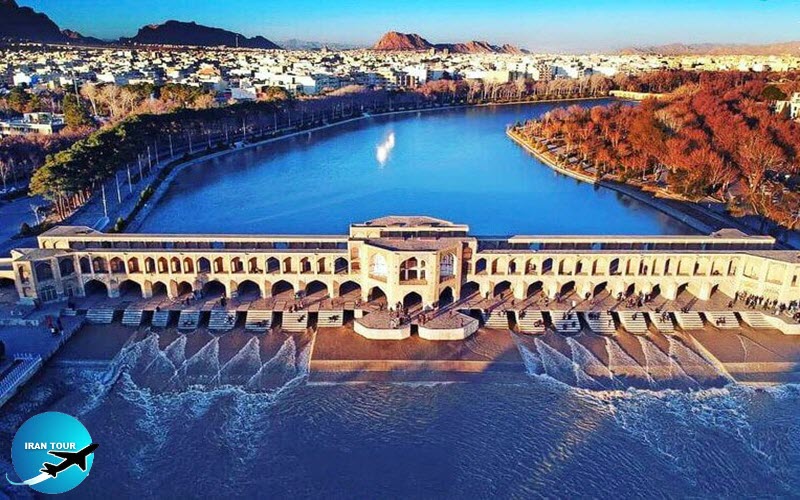Copyright 2020 - 2021 irantour.tours all right reserved
Designed by Behsazanhost
Naghsh e Jahan or Design of the World Square, the Most Brilliant Jewel on the Ring of Architecture And Urban Design of the Safavid Epoch
When Esfahan was chosen as the capital in 1591 A.D. once more, it took about 6 years to relocate it from the previous capital of Qazvin. Meanwhile, a large number of architects and technical teams of tile workers, calligraphists, painters, etc., headed by Ostad Ali Akbar Esfahani the elite of his age and a worldwide prominent engineer, was commissioned to revitalize and prepare the city as a new capital.
- Details
- Category: Museums of Esfahan
Chahar Bagh Theological School, the Pinnacle of Elegance in Mosaic Work and Architecture
One of the most famous monuments of the Safavid era, which was constructed as the largest theological school of that age with 12,000 square meters of area, and 121 chambers as an endowment of Shah Sultan Hussein's mother, is situated on the eastern side of Chahar Bagh Boulevard. It was actually a part of a complex with a caravanserai (the present Abbasi Hotel) and Bazaar-e-
- Details
- Category: Museums of Esfahan
Chahar Bagh Avenue; The most beautiful street of Isfahan
Once Esfahan was chosen as the capital, the king ordered the M
- Details
- Category: Museums of Esfahan
The Armenians of Julfa (Aras) The Instigators for the Freedom of the Northwestern Parts and Economical Blossoming of Iran
After the appointment of Esfahan as the capital by Shah Abbas I, in 1591 A.D., until the capital was relocated from Qazvin to Esfahan, he was always at war with the Uzbeks and Portuguese, in the north and south respectively, and in the superpower of the age, the Ottoman Empire on the west. They had occupied some parts of Iran during the reign of Shah Abbas's father, and he was the heir to those struggles.
- Details
- Category: Museums of Esfahan
Zayandeh Rood or Life-Giving River and its Historical Bridges.
The Zenith of the Connection between Art and Nature
This river originates from Zard K
- Details
- Category: Museums of Esfahan
